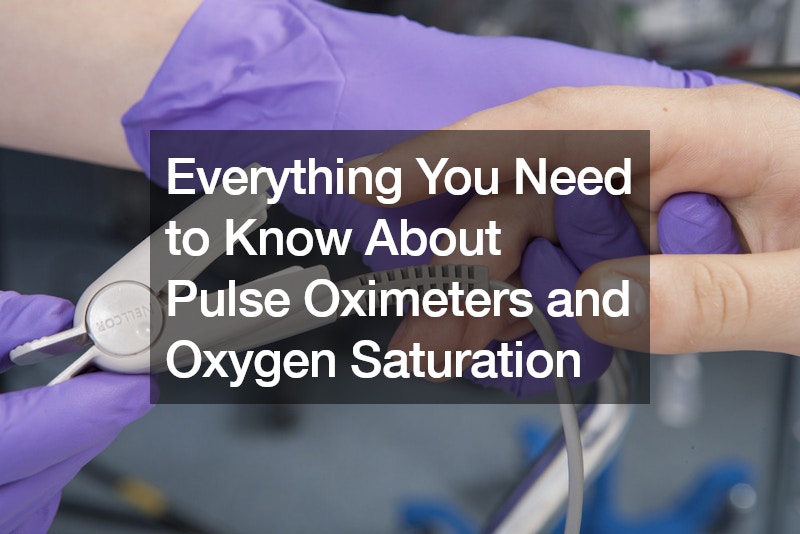Pulse oximeters have become indispensable tools in healthcare, providing quick and non-invasive measurements of oxygen saturation levels in the blood. Understanding how they work and their significance can be crucial, especially in monitoring respiratory conditions and during medical emergencies.
What is a Pulse Oximeter?
A pulse oximeter is a small device that measures oxygen saturation (SpO2) levels in the blood without invasive procedures. It works by emitting light through a person’s fingertip (or other sites like the earlobe or toe), and a photodetector on the other side measures the amount of light absorbed by oxygenated and deoxygenated hemoglobin. This absorption varies with the amount of oxygen present, allowing the device to calculate SpO2 levels accurately.
Mechanism of a Pulse Oximeter
The pulse oximeter uses two types of light: red light (approximately 650 nanometers wavelength) and infrared light (approximately 950 nanometers wavelength). These lights penetrate the skin and are absorbed differently by oxygenated and deoxygenated hemoglobin. By analyzing the ratio of absorption between these lights, the device determines the oxygen saturation in the blood. Advanced models compensate for factors like ambient light, finger size variations, and tissue absorbance to enhance accuracy.
Understanding Oxygen Saturation
Oxygen saturation refers to the percentage of hemoglobin molecules carrying oxygen compared to the total hemoglobin in the blood. Normal oxygen saturation levels typically range between 95% to 100%. Levels below 90% may indicate hypoxemia (low blood oxygen levels), which can be mild, moderate, or severe based on specific thresholds.
Clinical Significance
Pulse oximeters are vital in various clinical settings, including hospitals, clinics, and home care. They help monitor patients with respiratory diseases like asthma, COPD, and pneumonia, allowing healthcare providers to assess the effectiveness of treatments and adjust oxygen therapy as needed. During emergencies, rapid SpO2 measurements provide critical insights into a patient’s respiratory status.
Accuracy and Limitations
While pulse oximeters are generally reliable, certain factors can affect their accuracy. These include excessive movement, poor circulation, ambient light interference, and even nail polish or artificial nails, which can hinder light absorption. Calibration and proper placement are essential to obtain precise readings.
Use in Home Care Settings
With advancements, pulse oximeters are increasingly used in home care settings to monitor chronic conditions. Patients with conditions like sleep apnea or heart failure may use them regularly to track oxygen levels overnight or during physical activities. Portable models enable convenient monitoring without frequent visits to healthcare facilities.
Emerging Technologies
Recent innovations include wearable pulse oximeters that integrate with smartphones and smartwatches. These devices provide continuous monitoring and can alert users and caregivers to any significant changes in SpO2 levels. Some models even feature pulse oximeter adhesive sensors that adhere to the skin, offering continuous monitoring with minimal discomfort.
Considerations for Users
It’s essential for users to understand how to interpret pulse oximeter readings properly. Regular calibration checks, proper sensor placement, and awareness of environmental factors are crucial for accurate readings. Additionally, consulting healthcare professionals for guidance on monitoring and interpreting SpO2 levels is advisable, especially for individuals with chronic respiratory conditions.
Conclusion
Pulse oximeters play a pivotal role in modern healthcare by providing real-time monitoring of oxygen saturation levels non-invasively. Their portability, accuracy, and ease of use make them invaluable tools for both healthcare professionals and patients managing respiratory health. As technology continues to advance, pulse oximeters are expected to become even more accessible and integrated into everyday health monitoring routines.
In conclusion, understanding how pulse oximeters function and their role in monitoring oxygen saturation levels empowers individuals to take proactive steps in managing their health effectively.
.







